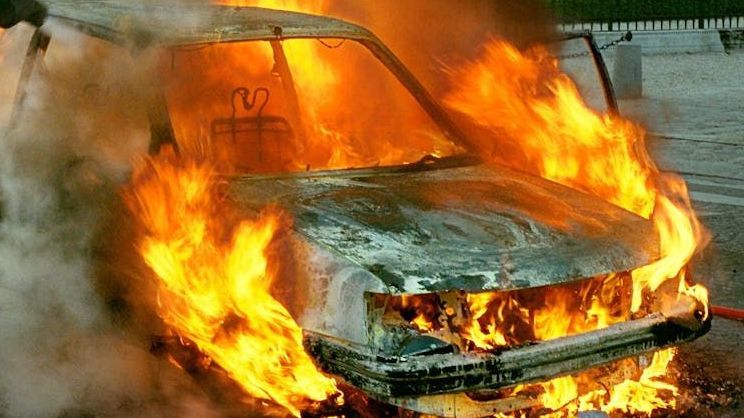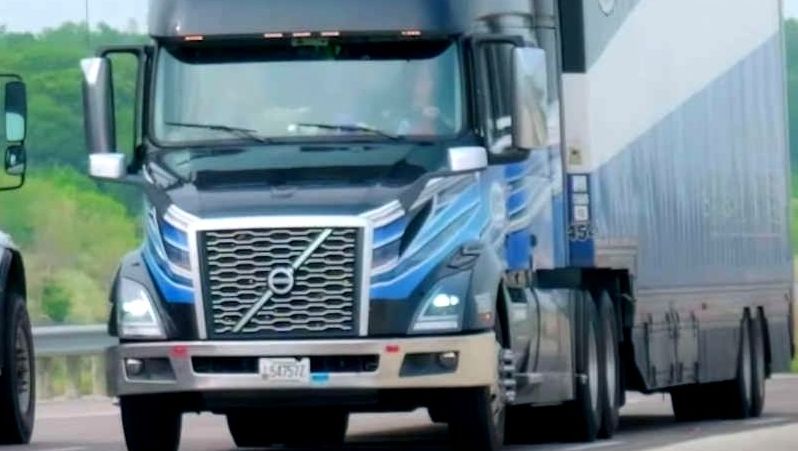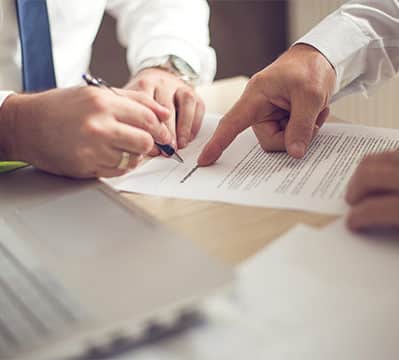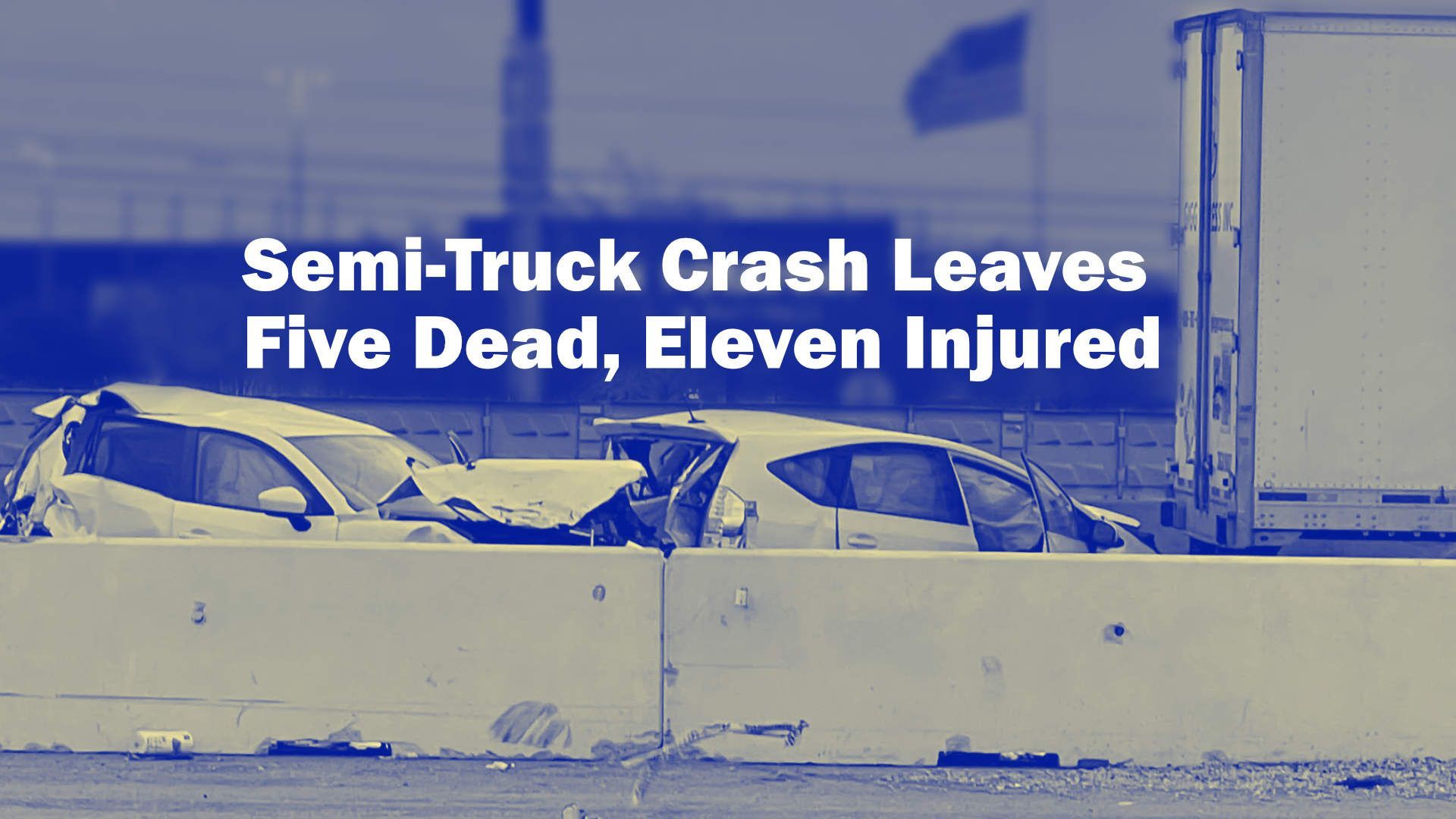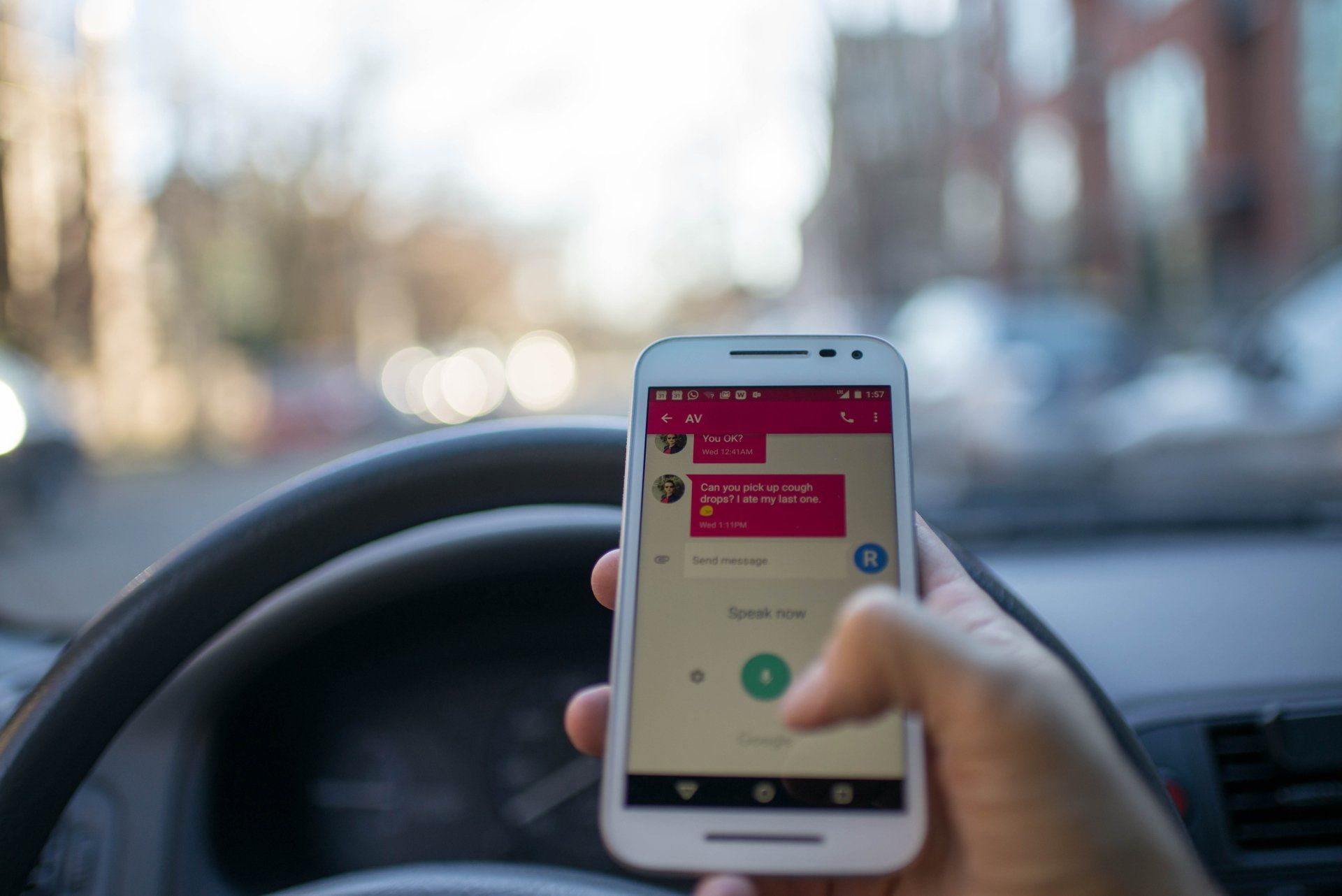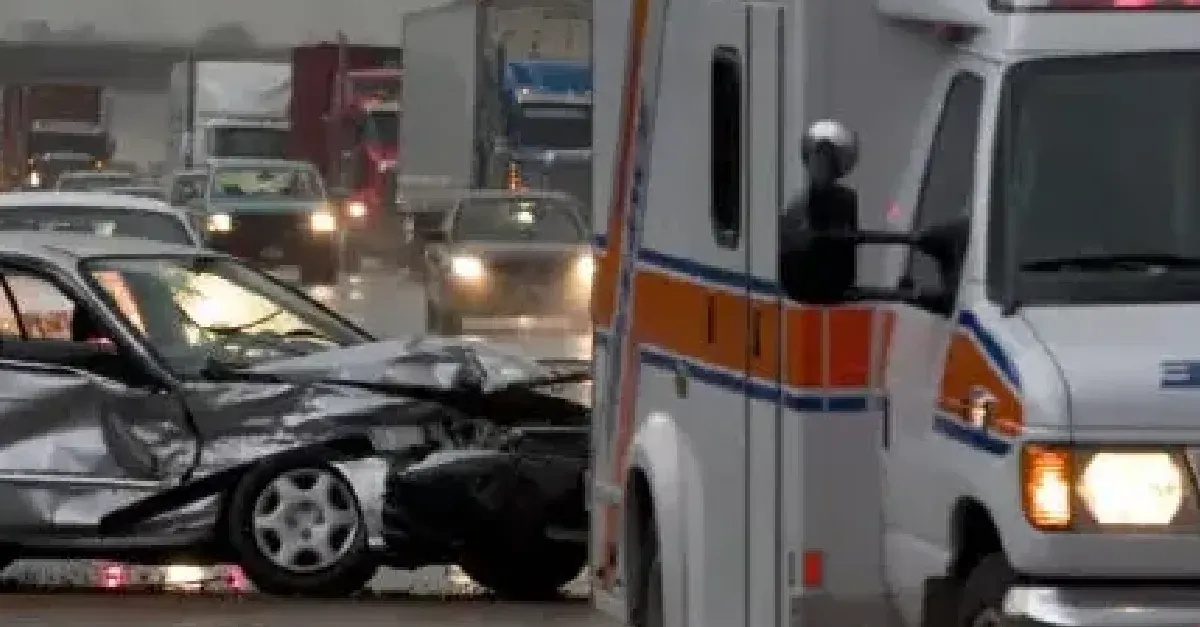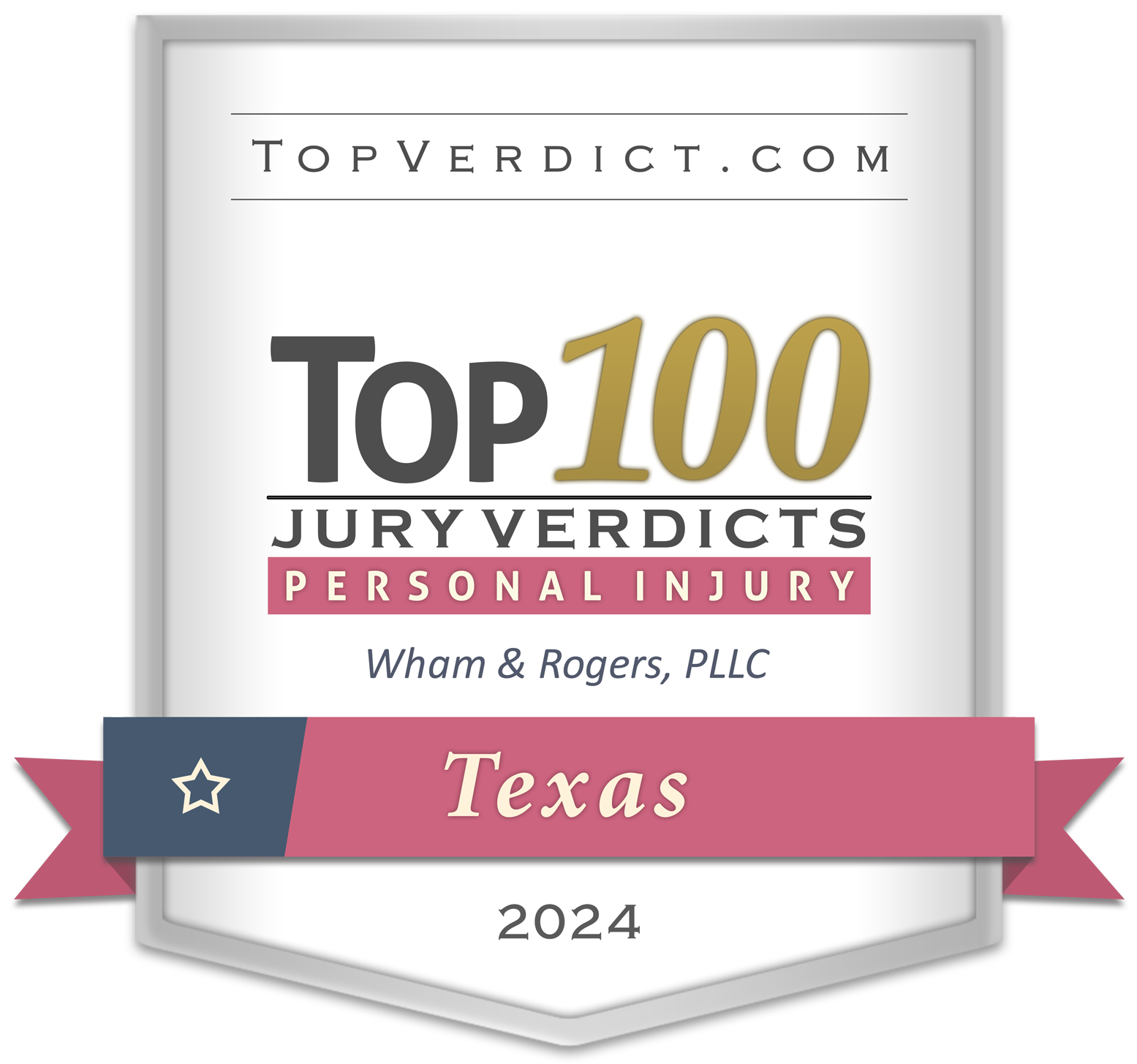While more Americans are choosing Electric Vehicles (EVs), many consumers still have concerns over reliability and safety. The powerful batteries that make EVs run are at the center of these fears, with car buyers wondering whether hybrid and electric vehicles pose an increased risk of fire and explosion.
But how common are electric vehicle fires, and are they really more dangerous than other cars? Read on to learn the facts.
Electric Vehicles are Less likely to catch fire
“Data from the National Transportation Safety Board showed that EVs were involved in approximately 25 fires for every 100,000 sold. Comparatively, approximately 1,530 gasoline-powered vehicles and 3,475 hybrid vehicles were involved in fires for every 100,000 sold.”
Common causes of fire in gasoline-powered vehicles include:
- Collisions and wrecks
- Excess temperatures in hot climates
- Parking on top of flammable materials, like dry grass or autumn leaves
- Degradation of fuel lines and gas tanks in older vehicles
But Electric Vehicle fires can be more dangerous
“The explosion, which occurred in an underground parking garage, caused a fire that burned for eight hours. This incident resulted in significant damage to the building and vehicles, and posed a severe risk to public safety..”
Compounding the problem are poor regulations and uneven enforcement, with many facilities lacking the automatic sprinkler systems that would be required in the United States.
“My apartment’s management office informed me in late May that electric vehicles were being banned from parking on the premises.”
Combating Electric Battery Fires
Electric Vehicle Fires in Houston
How can I protect my family from Electric Vehicle fires?
Fires remain extremely rare, and more common in gasoline vehicles than in electric vehicles. But, if you wish to protect yourself further, make sure you follow some common sense safety tips.
- Make sure you park on clear, clean ground with no flammable material underneath.
- Maintain your vehicle and take seriously any warnings about coolant or overheating.
- Do not leave your vehicle running inside closed spaces or poorly ventilated areas
- Check the health of your battery regularly.
Even if you do not drive an electric vehicle or hybrid, you should still visually inspect your battery for signs of corrosion that might indicate a leak, or irregular swelling – especially in hot summer months.
While fires are rare, Texans' fears of danger in high temperatures are not unfounded. Manufacturers should do more to increase fire safety of their vehicles, increase cell resilience and adopt battery technologies that can tolerate Texas summers.
